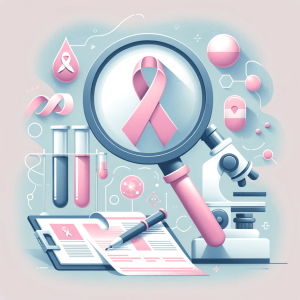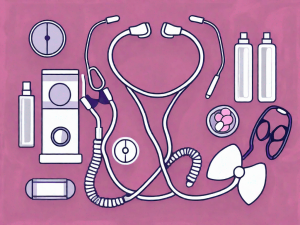A Look at Breast Cancer Disease Patterns in the USA
Breast cancer remains a significant health concern in the United States, affecting millions of women annually. While overall mortality rates have declined due to advancements in detection and treatment, disparities persist among demographic groups and regions. Understanding risk factors, including genetics, hormones, lifestyle habits, and socioeconomic status, is crucial in addressing











